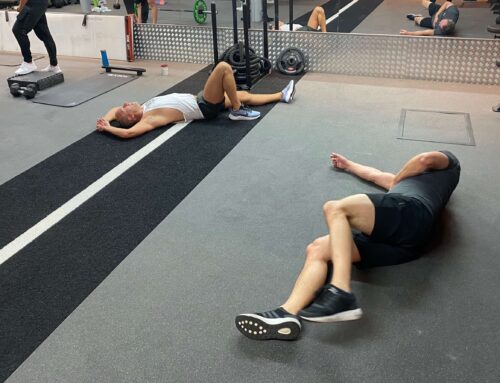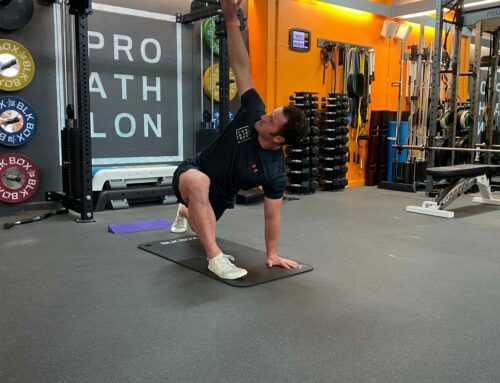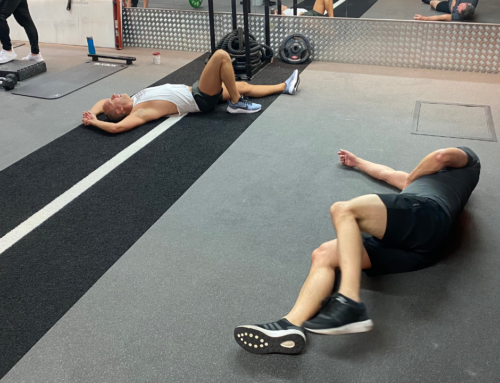Six Ways to Manage Stress
To help us manage stress it’s useful to understand the autonomic nervous system and its two component parts, the sympathetic and parasympathetic nervous systems.
The autonomic nervous system is a system within our bodies responsible for largely involuntary bodily functions like digestion and heartbeat.
“Fight or flight”
When we experience stress, the autonomic nervous system is activated and the sympathetic nervous system triggers a “fight or flight” response, which we may experience as increased heart rate, contracted muscles, and adrenalin being released by the adrenal glands.
Usually, once the stressor is over, the body recovers, generally helped along by the parasympathetic nervous system or “rest and digest” response, which decreases our heart rate, relaxes muscles, and doesn’t cause adrenalin release.
However, chronic stress can cause the sympathetic nervous system to be triggered repeatedly, over a longer period of time, and this can have a negative impact on our bodies as well as our minds.
Six ways to stimulate the parasympathetic nervous system and manage stress
In order to manage stress, we recommend to our clients that they try and include 30 minutes of activity each day that stimulates the parasympathetic nervous system.
Here are six different ideas that help you to do just that:
1. Laughter
Laughter encourages deep diaphragmatic breathing, which stimulates the vagus nerve. The vagus nerve has primary control over the parasympathetic nervous system. Fujiwara & Okamura (2018) found that just listening to laughter can stimulate parasympathetic nervous activity. So if you’ve had a stressful day, watch a funny TV show or movie, make a date with your funniest friend or get yourself to a comedy club for the evening.
2. Yoga Nidra
Also known as yogic sleep, Yoga Nidra is a guided meditation process that can help to activate the parasympathetic nervous system*. Yoga Nidra doesn’t involve any of the poses you might ordinarily associate with yoga and is practiced lying down. There are lots of guided practices available online – try a few out and see which ones you like best.
3. Epsom Salt bath
Magnesium has a calming effect on the nervous system. If you are deficient, your sympathetic nervous system could be sent into overdrive. Additionally, lack of magnesium has been shown to shown to alter electrical activity in the brain, causing agitated sleep and frequent awakening.
A 20-minute hot Epsom salt (magnesium sulfate) bath is perfect for recovery post training, particularly after a heavy leg session. We prefer to use Westlab Epsom salts which you can buy in most H&B stores.
Nutri Advanced Magnesium Night Formula is a high dose supplement aimed at supporting deep and restful sleep. More details can be found in the link below:
https://www.nutriadvanced.co.uk/megamag-night-formula-30…
This product is also stocked at the gym.
4. Focused breathing and 360 expansion
As we breathe in our diaphragm contracts concentrically (shortens under tension), as we breathe out it contracts eccentrically (lengthens under tension).
This movement of the diaphragm around the vagus nerve stimulates the parasympathetic response (rest & digest).
You can breathe yourself into a parasympathetic state – simple and effective.
Understanding and getting a sensation of diaphragmatic breathing and the 360 expansion of your rib cage is fundamental before embarking on one of the many breathing techniques out there.
In this video Simon runs through how to “feel” the expansion of the rib cage on inhalation using rock tap:
5. Walking in nature
We’ve talked before about the benefits of walking if you’re trying to lose weight, but multiple studies have also shown that walking in nature stimulates the parasympathetic nervous system and helps with stress management**.
Our advice: get outside as often as you can, no phones, no music, walk slowly and be present.
6. Positional breathing
Crocodile breathing and child’s pose are two positions that will help you expand 360 degrees through the ribs when practising mindful breathing.
Crocodile breathing uses the floor as resistance to breath against which forces movement out and backwards against the rib cage
Child’s pose is particularly good for those of you that have a lordotic posture (pronounced curvature in the lumbar/lower back region). The position stretches out the tissues in the lower back whilst creating compression in the front, this helps the ribs expand out and back during inhalation.
3-5mins of practise here will improve the sensation of 360 degree expansion of the rib cage
* Yoga Nidra Relaxation Increases Heart Rate Variability and is Unaffected by a Prior Bout of Hatha Yoga, Nina Markil, Michael Whitehurst, Patrick L. Jacobs, and Robert F. Zoeller. The Journal of Alternative and Complementary Medicine 2012 18:10, 953-958
Photo by Steven Kamenar on Unsplash






